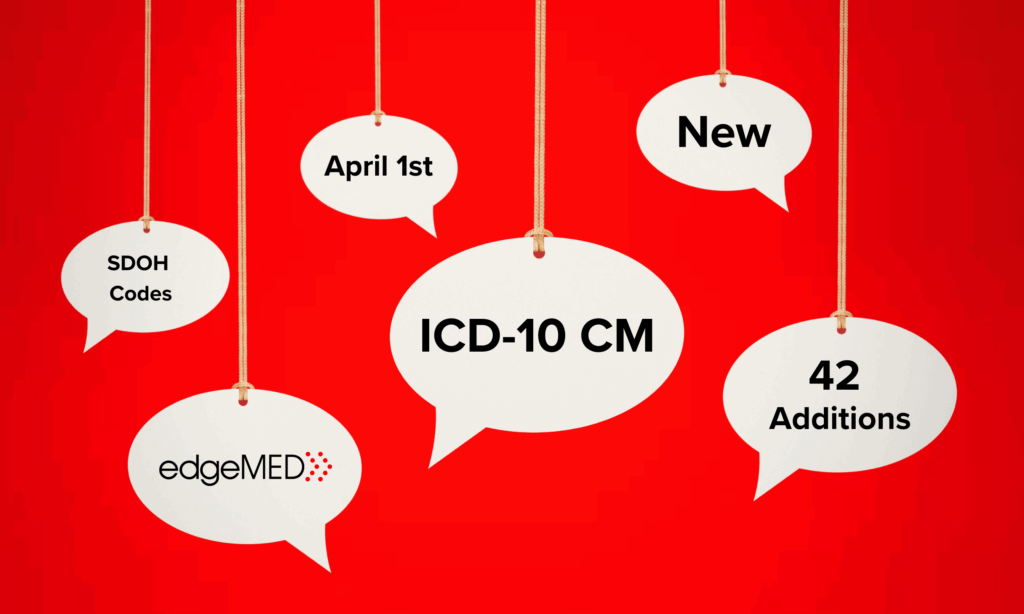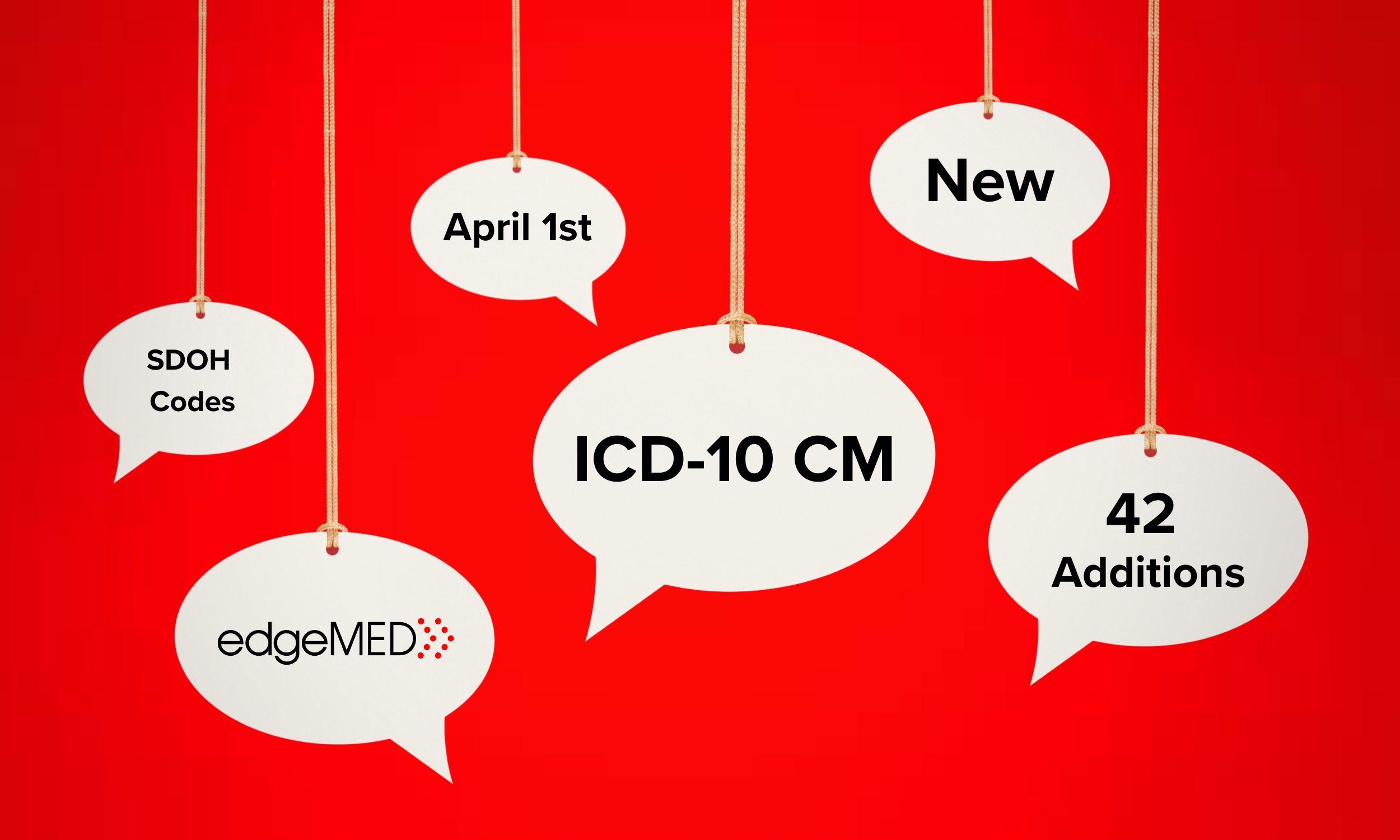
Decoding the ICD-10 Code for Oral Thrush: A Comprehensive Guide
Oral thrush, a common fungal infection affecting the mouth, particularly in infants, the elderly, and individuals with weakened immune systems, requires accurate diagnosis and documentation for effective treatment and tracking. One of the crucial aspects of this process is understanding and utilizing the correct ICD-10 code. This article provides a comprehensive, in-depth exploration of the ICD-10 code for oral thrush, offering insights into its significance, proper usage, and related considerations. We aim to equip healthcare professionals, medical coders, and anyone interested in medical coding with the knowledge needed to navigate this specific code effectively. We’ll delve into the nuances of the code, ensuring accurate and consistent application in various clinical settings.
Understanding the Basics: What is the ICD-10 Code for Oral Thrush?
The ICD-10 code for oral thrush is B37.0. This code falls under the broader category of “Candidiasis,” which encompasses infections caused by the Candida fungus. Specifically, B37.0 designates candidal stomatitis, the medical term for oral thrush. It’s crucial to understand that this code is used to classify the diagnosis of oral thrush, not the symptoms or treatment. It’s part of the International Classification of Diseases, Tenth Revision, a globally recognized system used for standardizing diagnoses and procedures.
The ICD-10 system replaced the ICD-9 system to provide greater specificity and accuracy in medical coding. B37.0 provides a concise way to represent oral thrush in medical records, billing processes, and public health statistics. Its adoption has improved the ability to track and analyze the prevalence of oral thrush and related conditions. This level of detail is critical for research, resource allocation, and informed healthcare decisions.
The Significance of Accurate ICD-10 Coding
Accurate ICD-10 coding isn’t just about following rules; it’s fundamental to several critical aspects of healthcare:
- Proper Reimbursement: Insurance companies rely on ICD-10 codes to process claims. Incorrect coding can lead to claim denials or delays, impacting healthcare providers’ revenue cycle.
- Data Analysis and Public Health Tracking: Accurate coding allows for the collection of reliable data on the incidence and prevalence of diseases like oral thrush. This information is vital for public health initiatives, resource allocation, and research.
- Quality of Care: Correct coding helps ensure that patients receive appropriate treatment and follow-up care. It facilitates communication between healthcare providers and provides a clear record of the patient’s diagnosis and treatment plan.
- Legal Compliance: Healthcare providers are legally obligated to use accurate and up-to-date coding practices. Compliance with coding regulations helps avoid penalties and legal issues.
Therefore, a thorough understanding of the B37.0 code and its proper application is essential for all healthcare professionals involved in the diagnosis and treatment of oral thrush.
Candida Albicans: The Primary Culprit Behind Oral Thrush
While the ICD-10 code simply identifies the condition, understanding the underlying cause is vital. Oral thrush is most commonly caused by an overgrowth of Candida albicans, a type of yeast that naturally resides in the mouth. Under normal circumstances, Candida albicans exists in balance with other microorganisms. However, certain factors can disrupt this balance, leading to an overgrowth and the development of oral thrush.
These factors include:
- Weakened Immune System: Individuals with compromised immune systems, such as those with HIV/AIDS, cancer, or undergoing chemotherapy, are more susceptible to oral thrush.
- Antibiotic Use: Antibiotics can kill beneficial bacteria in the mouth, allowing Candida albicans to proliferate.
- Diabetes: Uncontrolled diabetes can create a favorable environment for Candida growth due to elevated glucose levels in saliva.
- Dentures: Poorly fitting or improperly cleaned dentures can harbor Candida and increase the risk of oral thrush.
- Dry Mouth: Saliva helps to control the growth of Candida. Conditions that cause dry mouth, such as certain medications or medical conditions, can increase the risk of oral thrush.
Clinical Manifestations: Recognizing Oral Thrush
Clinically, oral thrush presents with characteristic signs and symptoms. Recognizing these is crucial for accurate diagnosis and subsequent coding using B37.0.
Common signs and symptoms include:
- White, Creamy Lesions: These lesions typically appear on the tongue, inner cheeks, gums, and palate. They may resemble cottage cheese and can be slightly raised.
- Redness and Soreness: The affected areas may be red, inflamed, and sore.
- Difficulty Eating or Swallowing: Severe cases of oral thrush can cause pain and difficulty with eating or swallowing.
- Cracking and Redness at the Corners of the Mouth: This condition, known as angular cheilitis, can sometimes accompany oral thrush.
- Loss of Taste: Some individuals may experience a temporary loss of taste.
It’s important to differentiate oral thrush from other conditions that may present with similar symptoms. A thorough clinical examination and, in some cases, laboratory testing (such as a potassium hydroxide (KOH) preparation) are necessary to confirm the diagnosis.
Navigating the ICD-10-CM Manual for B37.0
The ICD-10-CM (Clinical Modification) manual is the official resource for ICD-10 coding in the United States. When looking up B37.0, you’ll find it under the following hierarchy:
- Chapter 1: Certain Infectious and Parasitic Diseases (A00-B99)
- B37: Candidiasis
- B37.0: Candidal Stomatitis
The manual may also provide additional instructions or notes related to the code. It’s essential to review these carefully to ensure accurate coding. For example, there might be instructions on how to code underlying conditions or complications associated with oral thrush.
Coding Guidelines and Considerations
Several coding guidelines and considerations are important to keep in mind when using the B37.0 code:
- Specificity: Use the most specific code available. In this case, B37.0 is the appropriate code for oral thrush, but if the candidiasis affects other sites, different codes within the B37 category would be used.
- Underlying Conditions: If the oral thrush is secondary to another condition, such as HIV/AIDS or diabetes, code the underlying condition first, followed by B37.0. This is known as dual coding.
- Complications: If the oral thrush leads to complications, such as esophageal candidiasis, code the complication in addition to B37.0.
- Documentation: Ensure that the diagnosis of oral thrush is clearly documented in the patient’s medical record. The documentation should include the clinical findings, any relevant laboratory results, and the treatment plan.
Related ICD-10 Codes: Expanding the Scope
While B37.0 specifically addresses oral thrush, it’s helpful to be aware of other related ICD-10 codes that may be relevant in certain clinical scenarios:
- B37.1: Candidiasis of lung
- B37.2: Candidiasis of skin and nails
- B37.3: Candidiasis of other urogenital sites
- B37.4: Candidiasis of intestine
- B37.5: Candidiasis, disseminated
- B37.8: Candidiasis of other sites
- B37.9: Candidiasis, unspecified
Understanding these related codes allows for more accurate coding when Candida infections affect other parts of the body. For example, if a patient with oral thrush also develops esophageal candidiasis, both B37.0 and a code for esophageal candidiasis would be used.
ICD-10 Code B37.0 and Medical Billing Processes
The B37.0 code plays a pivotal role in medical billing. When a healthcare provider submits a claim for services related to oral thrush, the B37.0 code is included on the claim form. The insurance company uses this code to determine the medical necessity of the services and to process the claim for payment. Incorrect or missing ICD-10 codes can lead to claim denials or delays, impacting the provider’s revenue cycle.
Furthermore, the B37.0 code may be linked to specific Current Procedural Terminology (CPT) codes, which describe the medical procedures or services performed. The combination of ICD-10 and CPT codes provides a complete picture of the patient’s diagnosis and treatment.
Tools and Resources for Accurate Coding
Several tools and resources are available to help healthcare professionals and medical coders ensure accurate ICD-10 coding:
- ICD-10-CM Manual: The official ICD-10-CM manual is the primary resource for coding guidelines and code descriptions.
- Coding Software: Coding software can automate the coding process and help identify potential errors.
- Coding Education and Training: Ongoing education and training are essential to stay up-to-date on coding changes and best practices.
- Professional Organizations: Professional organizations, such as the American Academy of Professional Coders (AAPC), offer resources and certifications for medical coders.
The Future of ICD-10 and Oral Thrush Coding
The ICD system is constantly evolving to reflect advances in medical knowledge and changes in healthcare practices. The World Health Organization (WHO) is responsible for maintaining and updating the ICD system. Future revisions to the ICD system may include changes to the B37.0 code or the introduction of new codes related to oral thrush. It’s important for healthcare professionals and medical coders to stay informed about these changes and to adapt their coding practices accordingly.
Expert Insights on Managing Oral Thrush
From our experience, successful management of oral thrush involves a multi-faceted approach. Antifungal medications, such as nystatin or fluconazole, are commonly prescribed to treat the infection. However, addressing the underlying cause is also crucial. For example, if antibiotic use is contributing to the problem, discontinuing or changing the antibiotic may be necessary. Patients with diabetes should work to control their blood sugar levels. Individuals with weakened immune systems may require more aggressive treatment and ongoing monitoring.
Furthermore, good oral hygiene practices can help prevent and manage oral thrush. This includes brushing teeth regularly, using an antifungal mouthwash, and cleaning dentures properly. Dietary modifications, such as limiting sugary foods and drinks, may also be beneficial.
ICD-10 Code for Oral Thrush: Key Takeaways
In summary, the ICD-10 code for oral thrush is B37.0. This code is used to classify the diagnosis of candidal stomatitis. Accurate coding is essential for proper reimbursement, data analysis, quality of care, and legal compliance. Understanding the underlying cause of oral thrush, the clinical manifestations, and the relevant coding guidelines is crucial for effective coding practices. By utilizing the correct tools and resources and staying up-to-date on coding changes, healthcare professionals and medical coders can ensure accurate and consistent coding for oral thrush and related conditions. Keep in mind that this specific code, B37.0, is a vital component in the larger framework of medical coding, influencing healthcare processes from reimbursement to data analysis.

